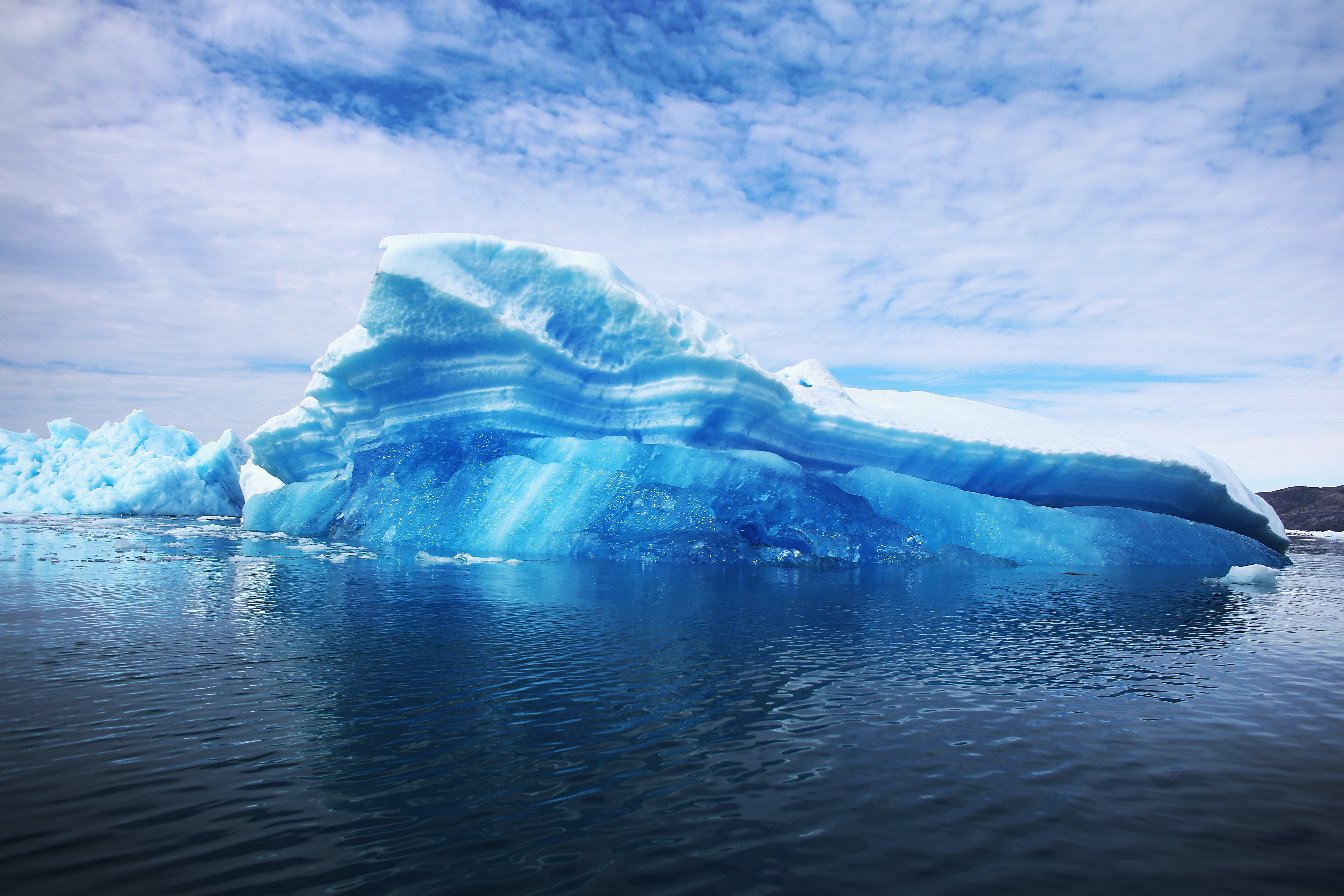

While it's easy (and often right) to point to climate change when we see long-standing masses of ice fracture and break, it's worth noting that in this case, scientists don’t believe the warming planet is to blame. “Our job now is to keep a close eye on the situation and assess any potential impact of the present calving on the remaining ice shelf,” Simon Garrod, Director of Operations at BAS, said in a statement, noting that the situation is “dynamic.” He continued, “We continuously review our contingency plans to ensure the safety of our staff, protect our research station, and maintain the delivery of the science we undertake at Halley.” It also could simply hang out near the ice shelf it broke off from - but in either case, it is likely to continue splintering and creating more, smaller icebergs.įour years ago, BAS moved the Halley Research Station, which operates on the ice shelf, inland in anticipation of calving - a decision that allows scientists to continue using GPS instruments and other technology on site to identify additional changes. It’s possible that the newly formed iceberg will drift, causing an interruption in commercial shipping lanes that run near the south pole, Earther reported. The Brunt Ice Shelf hasn't experienced a major calving event since 1971, according to the European Space Agency, and there’s likely to be fallout. Though this break, which NASA and other observers labeled as imminent earlier this year, was long considered an inevitability, the occurrence is worth noting - and not just because of the iceberg’s sheer size.
ANTARCTICA ICEBERG CRACK
That crack tore through the Brunt Ice Shelf at a rate of half a mile per day until last week, when a chunk of ice larger than the entirety of New York City finally broke off, after widening by "several hundred meters" in a matter of hours. Earlier this year, NASA's Earth Observatory noted a third crack had occurred and appeared poised to result in calving, which is when ice chunks break off from a glacier. In 2016, the " Halloween crack," named for the day it was first spotted, appeared on radar images. Scientists first noticed in 2011 that previously stable chasms, or cracks that go all the way through the 500-foot thick mass, were expanding, opening the door for complete breaks. Three major cracks have developed in the giant floating sheet of ice over the course of the last decade. The split, which BAS confirmed on Friday, has been a long time coming. That is basically what happened last week in Antarctica when, according to the British Antarctic Survey (BAS), a massive iceberg measuring in at more than 490 square miles broke off from the Brunt Ice Shelf. How does a glacier burst?: Flooding in India leaves at least 31 dead and 165 missing.Imagine the entire city of Los Angeles breaking off from the state of California and drifting off to sea. 'Alarming': World's glaciers are melting faster than ever because of global warming, study says The iceberg, A-76, took first place from another iceberg that broke off in the Weddell Sea that measured 1,498 square miles. That is where we see what might be our human influence,” Aleksandra Mazur told National Geographic in 2019. “What might not be natural is the rate at which it is happening, the acceleration of the process.



Iceberg calving is the breaking of ice chunks from the edge of a glacier and a natural process that will not lead to rises in sea levels because it was already a part of a floating ice shelf. Images were captured by the Copernicus Sentinel 1 mission after it calved from the Ronne Ice Shelf in the Weddell Sea, ESA reported. The 1,667-square-mile block of ice is more than three times the size of Los Angeles. The world’s largest iceberg has broken off from Antarctica, the European Space Agency reported.


 0 kommentar(er)
0 kommentar(er)
